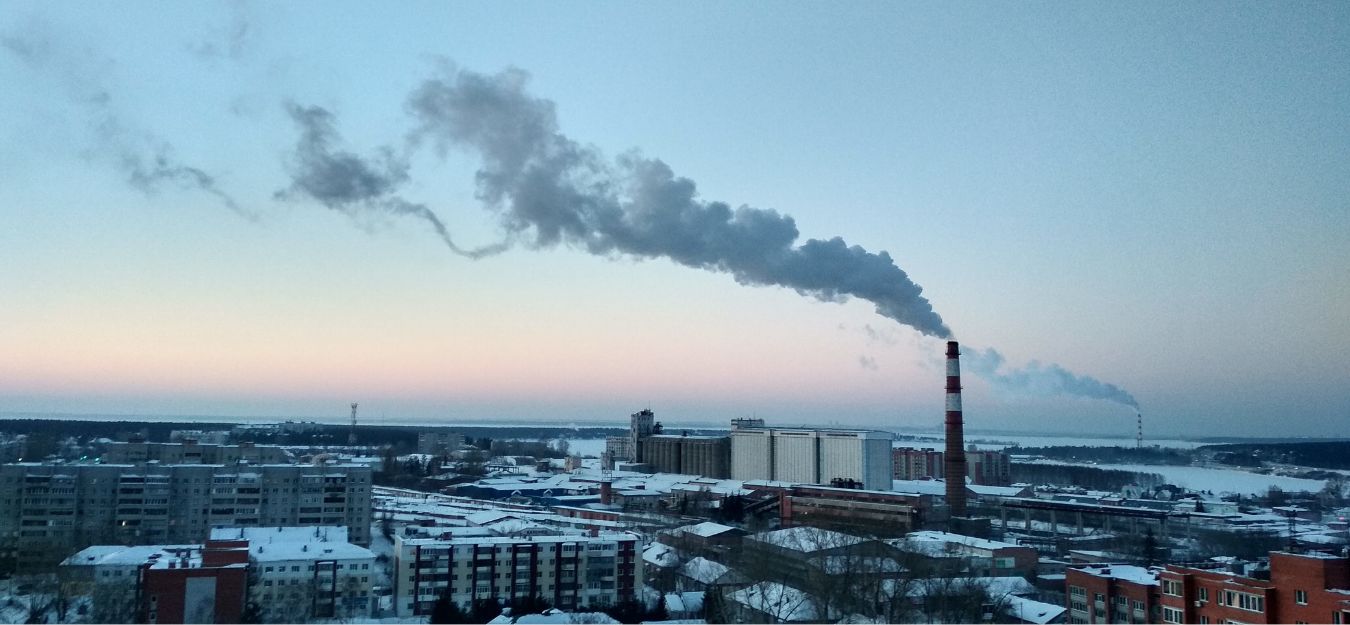How Poor Air Quality Threatens Your Health
Asthma attacks have become a growing public health concern in urban environments where pollution, industrial emissions and lifestyle factors come together. Across the United States, certain cities have been identified as particularly challenging for those living with asthma due to poor air quality, high vehicular emissions and industrial pollutants. In this article, we will highlight the top ten worst cities for asthma and discuss why each city presents elevated asthma risks for its residents.
1. Allentown, PA
Allentown suffers from significant poor air quality primarily due to outdated industrial emissions and high levels of vehicular pollution. With increasing industrial activities in and around the city, residents are exposed to particulate matter and other toxins that can irritate the respiratory system. Moreover, the city's geographic layout sometimes traps polluted air, leading to extended smog episodes.
2. Rochester, NY
Rochester has battled challenges related to both its industrial legacy and urban traffic congestion. Historically known for its manufacturing sector, the city still struggles with residual pollutants that have long-lasting effects on local air quality. Although modern regulations have helped reduce emissions, the accumulation of old pollutants combined with present-day urban emissions can cause asthma symptoms to flare. Also, the cold winter air, which often holds impurities close to the ground, amplifies the respiratory irritants experienced by those living in Rochester.
3. Detroit, MI
Detroit’s industrial history is both a source of pride and a challenge. Once the heart of America’s automotive manufacturing, the sprawling city is dotted with factories that continue to emit various pollutants. In addition to the automotive emissions that still fill the air, legacy pollution from decades of heavy industry contributes to the adverse atmospheric conditions. For individuals with asthma, these exposures lead to higher incidences of airway inflammation, frequent hospital visits and overall reduced lung function.
Related Search Topics (Ads)
4. Springfield, MA
Springfield, a vibrant urban center in Massachusetts, struggles with pollution from both industrial and urban sources. Traffic congestion in and around the city significantly adds nitrogen oxides and particulate matter to the air. Additionally, older infrastructure can lead to inefficient emissions control, causing a buildup of allergens and irritants. For asthma sufferers, the presence of these airborne respiratory triggers results in an increased risk of asthma flare-ups, particularly during the high-traffic rush hours or bad weather when pollutants linger in the atmosphere.
5. Philadelphia, PA
Philadelphia is one of the largest cities in the United States and with that size comes challenges of air quality management. Heavy traffic, widespread construction and industrial activities rate among the core contributors to air pollution in this busy metropolis. In addition, the city’s dense population means that many neighborhoods have little respite from exhaust fumes and other irritants.
6. Cleveland, OH
Cleveland’s location near major waterways and its industrial past have contributed to its position on the list of worst cities for asthma. The city has historically been a hub for manufacturing and heavy industry, making it prone to airborne pollutants like sulfur dioxide and particulate matter. Current challenges include ensuring that older factories stay compliant with modern emissions standards.
7. Lakeland, FL
Lakeland might be known for its scenic views and warm climate, but it is also an area where air quality can cause problems for people with asthma. Rapid urban development and increased vehicular traffic have led to rising emissions in and around the city. Additionally, climate related factors such as high humidity can worsen the effects of pollutants, making them more readily inhaled by sensitive individuals.
8. Baltimore, MD
Baltimore’s industrial history combined with its modern urban challenges creates a complex air quality profile. The city has recorded high levels of nitrogen oxides, sulfur compounds and particulates due to a mix of port activities, traffic pollution and older industrial facilities. This medley of pollutants creates an environment where asthma sufferers find themselves at a significantly higher risk of experiencing severe symptoms.
9. Charleston, SC
Charleston, although often admired for its historical charm and cultural heritage, faces its share of modern environmental challenges. Rising urbanization and increased tourism have contributed to a surge in traffic and consequent air pollution. Furthermore, the hot and humid climate prevalent in the area often increases the concentration of allergens and molds, traditional triggers for asthma.
10. Providence, RI
Providence, the capital city of Rhode Island, is not immune to the challenges of urban air quality. Despite its smaller size compared to some other cities on the list, Providence grapples with high traffic volumes, industrial emissions and outdated energy infrastructures. These factors, coupled with the city’s geographical placement, can lead to air stagnation, particularly during the colder months, thereby trapping pollutants close to ground level.
Final Notes
Urban environments have long been home to many challenges for public health and asthma is among the most affected by deteriorating air quality. Individuals with asthma are encouraged to monitor local air quality forecasts, reduce exposure during peak pollution times and consult health professionals to manage their condition effectively.

